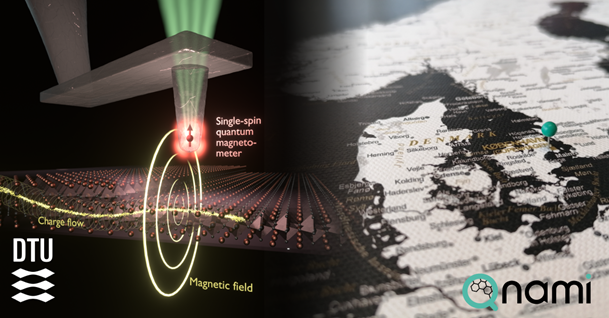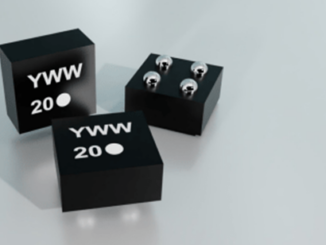
Automotive engineers around the world are immersed in harnessing the latest technologies to bring smart, autonomous vehicles to our roads. Those technologies will also enhance the driver and passenger experience far beyond today’s norm, through intuitive human-machine interfaces and highly personalized cockpits. We like this guest blog from Charles Kuo, sensor marketing manager with Diodes Incorporated which explains how Hall Effect switches will be a key enabler for these developments.
The Hall Effect in Automotive
Safety will be paramount in the operation of fully autonomous vehicles and we have already seen ‘intelligence’ built into crash detection with air bag and seat belt activation as well as blind spot activation, lane departure and more. However, the autonomous vehicle of the future will also have convenience and comfort central to its design.
We already have vehicles that ‘know’ their drivers and are able to adjust parameters that are specific to the person sitting in the seat – but the level of automation will continue to increase. It has been predicted that autonomous vehicles will be able to sense body temperature and humidity, to detect a driver’s heart activity, breathing or even a tilt of the head to monitor whether the driver is becoming unwell, stressed or getting tired.
Essential to the development of fully autonomous vehicles are Hall effect switches which have proved to be ideal for a range of position and proximity sensing applications. These include: detecting the position of seats and seatbelt buckles, implementing vehicle immobilization systems or steering locks, gear stick position detection, transmission actuator and gear status.
Hall effect switches are also used in sensing accelerator or brake pedal position, in sensing distances or speeds, in adaptive systems (for example, front lights and suspension), in the steering system (detecting angle and torque), and in fuel monitoring systems. They can also be found in less exotic applications within a vehicle, such as heating ventilation and air conditioning (HVAC) compression, windscreen wiper operation, automatic closing of doors or trunk, detecting whether doors are open, and sensing various levels and flows.
Why Hall Effect?
Based on well-established technology, Hall effect switches have proven to be the ideal solution for autonomous vehicle applications. They are low-cost, have no moving parts and offer extremely high levels of reliability.
Other key factors that are required for any component used in a modern vehicle are a small footprint, low power consumption, high-performance, and the ability to operate in a range of locations and environments, including some of the lowest and highest temperatures.
It is also important for automotive-compliant Hall effect switches to have the ability to respond to the presence of differing magnetic field polarities. Such low-power and compact omnipolar switches – often found in gear lever sensing applications – are turned on in the presence of a strong positive or negative magnetic field and off in a moderate magnetic field.
Using High-quality Switches is Paramount
It’s clear that in the development of fully autonomous vehicles today and in the future, high-quality Hall effect switches will play a crucial role. Particularly important will be true solid-state omnipolar switches with operating voltage ranges of 3V to 28V (and 8kV HBM ESD rating), while offering exceptional stability over temperatures ranging from -40°C to +150°C.
That’s exactly what’s on offer from Diodes Incorporated’s AH356xQ family of omnipolar Hall effect switches for proximity, position, and level sensing in automotive applications. Combining high voltage with high sensitivity, these AEC-Q100 Grade 0 qualified switches come with a chopper-stabilized architecture – for superior temperature stability, minimal switch point drift and excellent immunity to stress – as well as an internal bandgap regulator which delivers temperature compensated supply for internal circuits. With a reverse blocking diode and a Zener clamp on the supply, all devices in the AH356xQ family provide single open drain output with an overcurrent limit and good radio frequency (RF) noise immunity. Other features include rapid power-up (10µs) and response times (3.75µs).
For automotive engineers tasked with creating fully autonomous vehicles, it’s important to work with someone who understands Hall effect technology and has a growing portfolio of switches designed specifically for the most demanding automotive applications.
For more information on these switches visit www.diodes.com or you can link directly to the blog.



